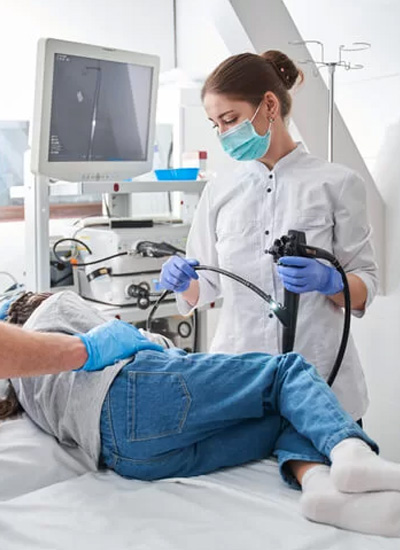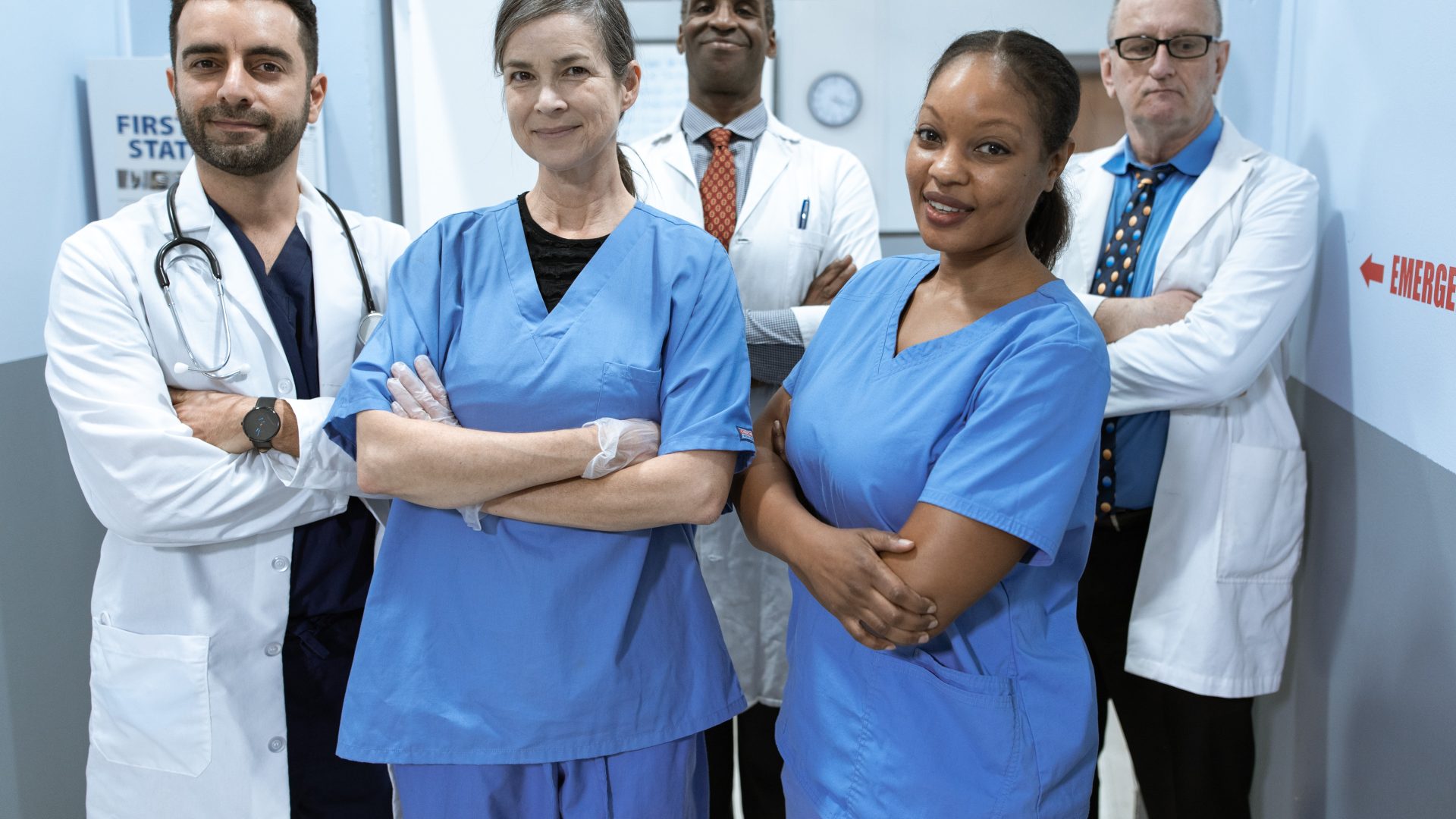Gastroscopy (Esophagogastroduodenoscopy, or EGD) is a procedure where a doctor examines the upper part of your gastrointestinal tract (gut). The upper gut consists of the oesophagus , stomach and duodenum. The doctor uses an endoscope for this procedure, so it is sometimes called an endoscopy.
Purpose of Gastroscopy
Gastroscopy (EGD), is a commonly performed routine test. This test may be advised if you have symptoms such as recurring indigestion, recurring heartburn, pains in the upper abdomen, repeated vomiting, difficulty swallowing, or other symptoms thought to be coming from the upper gut. The sort of conditions which can be confirmed (or ruled out) include:
- Oesophagitis (inflammation of the oesophagus). The doctor will see areas of redness on the lining of the oesophagus.
- Duodenal or stomach ulcer. An ulcer looks like a small, red crater on the inside lining of the duodenum or stomach.
- Duodenitis (inflammation of the duodenum).
- Barrett's oesophagus.
- Gastritis (inflammation of the stomach).
- Cancer of the stomach or oesophagus.
- Various other rare conditions.


The Scope
An endoscope is a thin, flexible, telescope. It is about as thick as a little finger. The endoscope is passed through the mouth into the oesophagus and down towards the stomach and duodenum. The tip of the endoscope contains a light and a tiny video camera so the doctor can see inside your stomach.
The endoscope also has a “side channel” down which various instruments can pass. These can be manipulated by the doctor. For example, the doctor may take a small sample (biopsy) from the inside lining of the stomach by using an thin “grabbing” instrument which is passed down the side channel..
The Procedure
During gastroscopy, the doctor may numb the back of your throat by spraying on some local anesthetic, or give you an anesthetic lozenge to suck. You may be given a sedative to help you to relax. This is usually given by an injection into a vein in the back of your hand. The sedative can make you drowsy, but it does not “put you to sleep”. It is not a general anesthetic. The sedative is provided by a qualified anesthetist.
You lie on your side on a procedure table. You are asked to put a plastic mouth guard between your teeth. This protects your teeth and stops you biting the endoscope. Modern endoscopes are quite thin and easy to swallow. The doctor then gently pushes it further down your esophagus and into your stomach and duodenum.
The video camera at the tip of the endoscope sends pictures to a screen. The doctor watches the screen for abnormalities of the esophagus, stomach and duodenum. Air is passed down a channel in the endoscope into the stomach to make the stomach lining easier to see. This may cause you to feel “full” and want to belch.
The doctor may take one or more biopsies of parts of the inside lining of the gut — depending on why the test is done and what they see. This is painless. The biopsy samples are sent to the lab for testing, and to look at under the microscope. The endoscope is then gently pulled out.
How Long Does It Take?
A gastroscopy usually takes about 10 minutes. However, you should allow at least 2 hours for the whole appointment to prepare, give time for the sedative to work (if you have one), for the gastroscopy itself, and to recover. A gastroscopy does not usually hurt, but it can be a little uncomfortable, particularly when you first swallow the endoscope. There is a very low chance of other complications like bleeding, perforation, or injury to the teeth from the bite guard.
